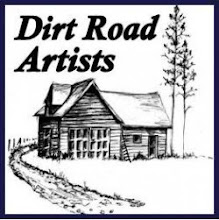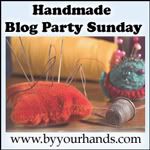Feed sacks have been around for a long time. First sewn by hand from muslin fabric, they where used to store grain, seed and flour. The early bags where returned to be filled again, but it was easier to have them filled sitting on a shelf for purchase. So the first sacks where turned into linens, towels, and some clothing. After the invention of the sewing machine the feed sacks where mass produce for use. Then in 1920 the idea was to use some very pretty fabric, to help sell more grain. The pretty fabric was a hit with farm wives who began using the sack for clothing, aprons, and curtains. During the depression of the 1930 the feed sack filled a need for fabric, when there was no money for this luxury. It was very popular to wear clothing made from feed sacks and continued into the 1940 during the war. Each sack would open to a 37 x 43 piece of fabric. If you had enough seed purchased with the same fabric you could make a could of matching dresses for you and your daughter, or you girls would match. Sadly in 1950 is was cheaper to use heavy paper bags for grain, flour and seed.
You can still find reproduction feed sack at fabric stores or on line. I found some last month and looking forward to making some aprons out of them. If you shop garage sales, or resale shops you can find some quilts made from feed sack fabric. These old quilts no longer good for a bed, can be turned into some wonderful items for your home.
.jpg)














1 comment:
I have heard of feed sack quilts but never realized the story and history behind the feed sacks.
Thank you, I thoroughly enjoyed this post!
Hugs,
Susan
Post a Comment